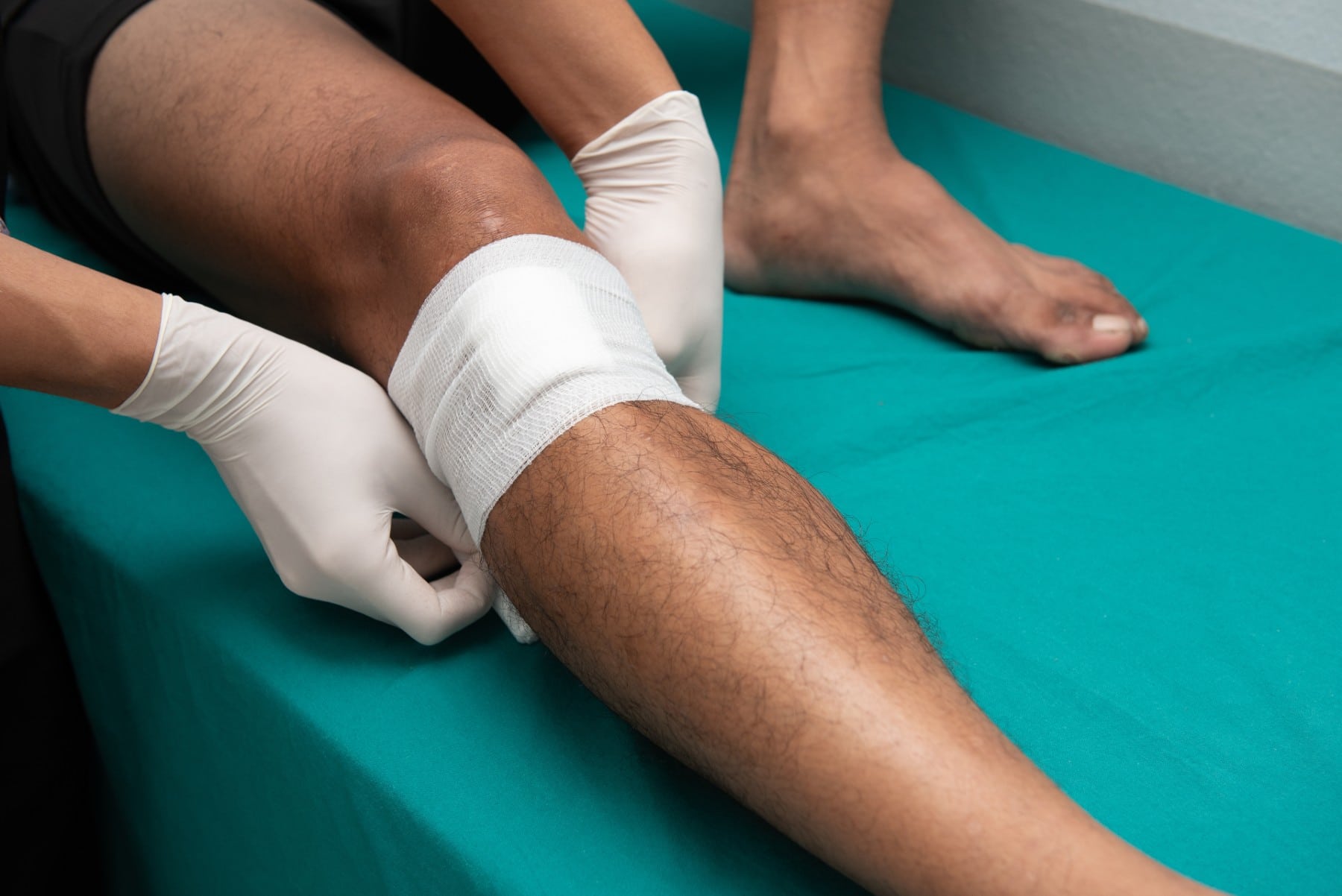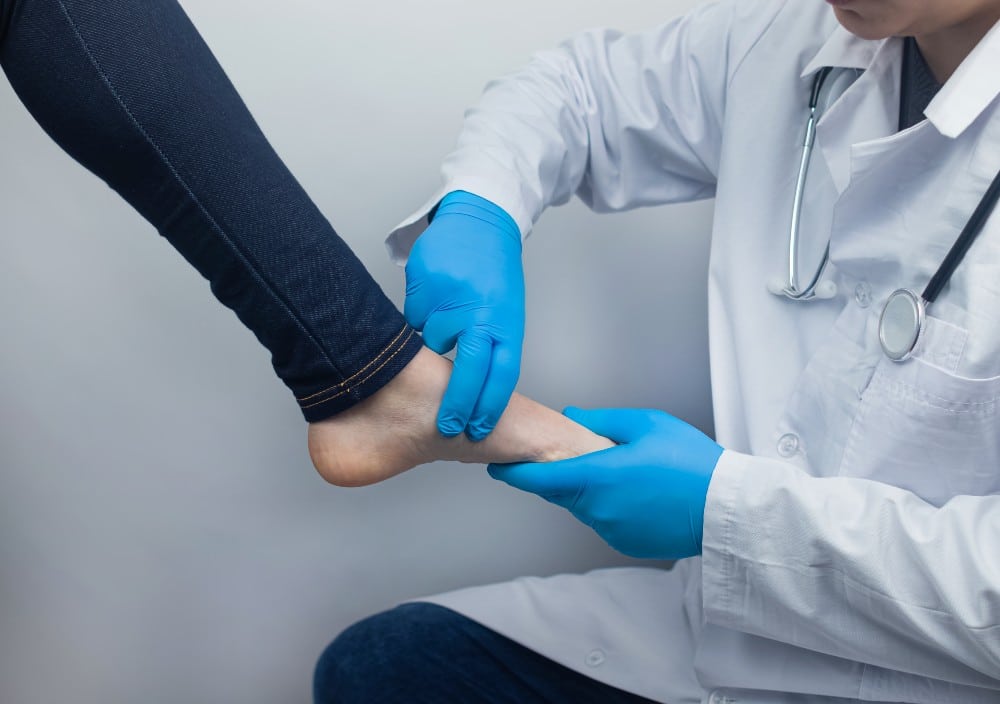Foot and Leg Ulcers
Just about everybody deals with occasional cuts and scrapes now and again. For most people, they are relatively minor concerns that quickly heal.
However, if you’re suffering from a condition like diabetes, neuropathy, peripheral artery disease, or related problems, there’s a much greater risk of skin breaking down into ulcers that linger, won’t heal, and may even develop dangerous infections.
If you or someone you love has developed an open sore or wound on their feet or legs, do not wait another second to seek medical attention—even if you are not experiencing pain. Early intervention and treatment are critical if you want the best possible chance of avoiding serious complications, up to and including amputation.
Common Foot and Leg Ulcers
There are a wide variety of ulcers that can appear on feet and legs. Some of the most common that we see include:
- Neurotrophic foot ulcers. These are most commonly found around pressure points on the soles of the feet, but can also develop on other parts of the foot after a direct injury. They tend to have a “punched out” appearance and range from pinkish to brown or even black in color. Most diabetic wounds are neurotrophic ulcers, although you don’t have to have diabetes to get them. Anyone with severe neuropathy is at risk.
- Venous stasis ulcers. These ulcers usually appear somewhere along the inner part of the lower leg, often just above the ankle. They tend to be irregularly shaped, feel warm to the touch, be red in color (and possibly covered in yellowish, fibrous tissue), and may produce significant drainage. If you have a history of varicose veins, blood clots, or swollen legs, you’re at greater risk.
- Arterial (ischemic) ulcers. These ulcers tend to have a “punched out” look similar to neurotrophic ulcers, and typically appear in high-friction spots—such as where toes rub against each other, or where toes, heels, or ankles rub against an ill-fitting shoe. Because they occur when there is a severe lack of blood flow, there is rarely any bleeding to these ulcers, and they are often gray, brown, or black.
Exceptional Wound Care from Capital Podiatry Associates
At Capital Podiatry Associates, we provide high-quality, on-site wound care to patients with foot and leg ulcers. This includes the use of MLS laser therapy as a treatment option, which can accelerate the natural healing process for your tissue and skin to help your wound close faster and reduce your risk of infection.
Plus, because we are also a podiatry practice, we can help you organize a long-term plan for preventing foot wounds in the future, including custom orthotics, therapeutic shoes, regular diabetic foot care exams and screenings, and more. It’s extremely convenient to have all of these care options under “one roof”—and of course, we also will work in cooperation with other members of your medical team (or provide necessary referrals to other specialists) to help you stay on top of your care.
FOOT AND LEG WOUNDS SHOULD BE TREATED IMMEDIATELY
While many foot and leg ulcers are extremely painful, this is not always the case. Sometimes nerve damage is so extensive that the person with the wound may feel little if any discomfort. Unfortunately, this can often contribute to a false sense of security.
Any open ulcer or wound presents a major opportunity for germs to get in and cause an infection. This is especially true since conditions like diabetes and poor circulation also weaken your immune system.
As ulcers worsen, they can deepen below the skin into muscles, tendons, and even bones. The more severe the infection becomes, the more difficult it will be to treat, and the more likely an amputation will ultimately be needed to save your life.
More than 100,000 Americans each year undergo lower limb amputations that directly result from foot and leg wounds, and the vast majority of these are preventable. Do not take chances when it comes to ulcers. Call us at the first sign of trouble.
Find Relief at
Capital Podiatry
Don’t let an ulcer get out of control. For immediate, effective treatment options, give us a call at (703) 560-3773, or connect with us online.

